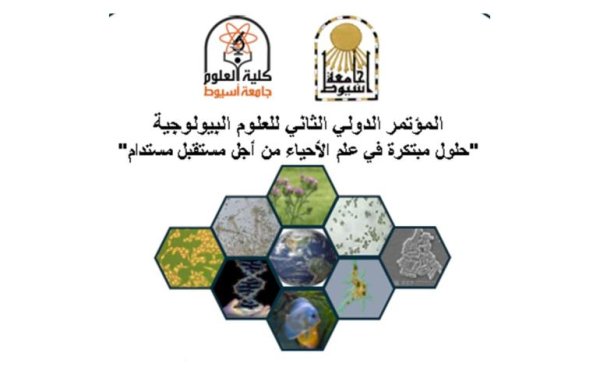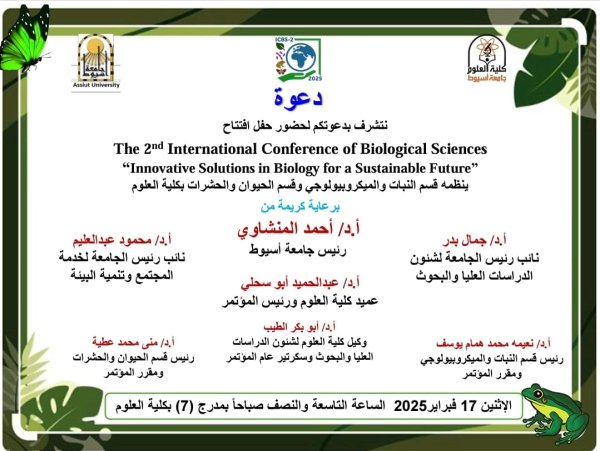Availability in Egypt is minimal due to a real restriction on the quantity and quality of acceptable water; it is also increasingly in demand, particularly since the reduction in the share in the Nile following the construction of the Renaissance Dam in Ethiopia. At the same time, the need for water increases due to population growth, industrial development and the cultivation of desert land. The country depends significantly on its water supply on the groundwater. Wadi Qena represents one of the most promising valleys, on which the government depends for land reclamations and developments. This study aims to assess groundwater quality for drinking and irrigation purposes by integrating quantitative analyses and GIS techniques. To achieve this goal, 17 groundwater samples were collected from the Quaternary and Nubian aquifer from the middle and southern part of the Wadi. Chemical analysis of the major cations and anions was carried out at Assuit’s Regional Soil Fertility Laboratory. Maps of chemical variables are created using statistical tools by combining observations with interpolation models that can incorporate simple process relations. Major ions, total salinity, Na%, SAR, EC, RSC, PI, MH, KR, SSP, TH, and Cl− were used to assess the groundwater for drinking and irrigation purposes. Schoeller’s, Stiff’s, and Piper’s, diagrams were used to determine the hydrochemical facies of groundwater in the area. The hydrochemical composition reflects that Sodium–Chloride is the main water type in the study area, and in the sequence of the cations and anions, 100% of the groundwater samples are in the order Na+ > Ca2+ > Mg2+/Cl− > SO42− > HCO3−. Comparative analysis against standard quality guidelines indicated that most groundwater samples exceeded safe levels for major constituents, TDS, TH, pH, and EC, making them unsuitable for drinking but potentially suitable for irrigation of high salt-tolerant crops. The results of hydrochemical analysis maps and analytical diagrams of groundwater samples revealed that the water was characterized by natural to alkali and the total dissolved solids (TDS) increasing from the Nubian to Quaternary and high ranges of sodium absorption (SAR). The GIS-spatial model indicated that the southwest part and northwest part represented the highest and lowest suitability, respectively, for drinking water purposes. In contrast, the northwest part and southwest parts represented the highest and lowest suitability, respectively, for irrigation purposes. This is confirmed by the values of Na+, SAR, EC, RSC, PI, MH, KR, SSP, TH, and Cl−. The values of Na+, SAR, EC, RSC, PI, MH, KR, SSP, TH, and Cl confirm this. The study lists corrective measures to improve groundwater quality using monitoring systems, efficient irrigation techniques, localized desalination, artificial recharge projects, stricter waste management and agricultural policies that will minimize sources of contamination. This study’s proposed model offers a promising and potentially universal tool for water quality assessment in the Nile basin and similar settings worldwide with the innovative model presented in this study.



